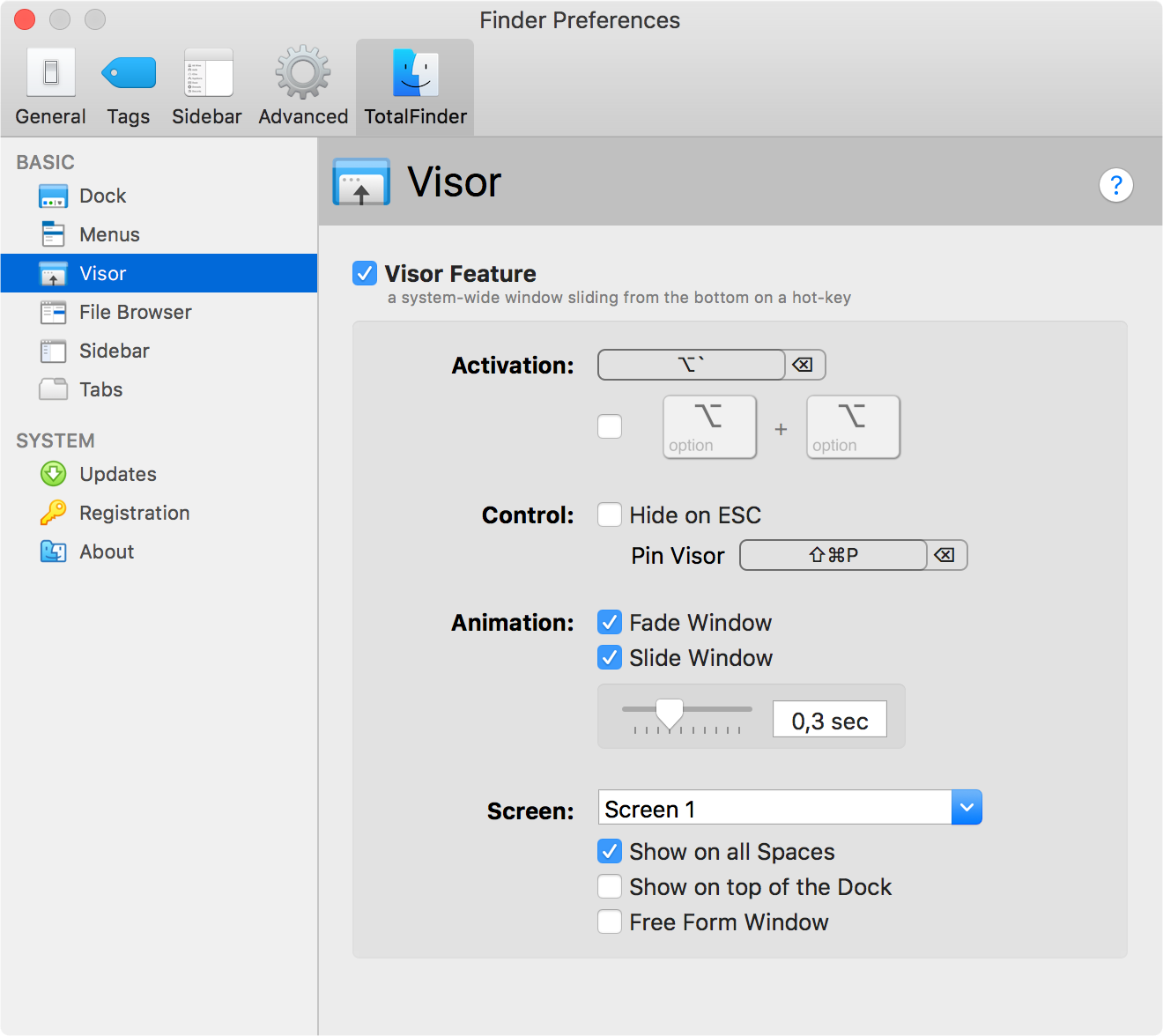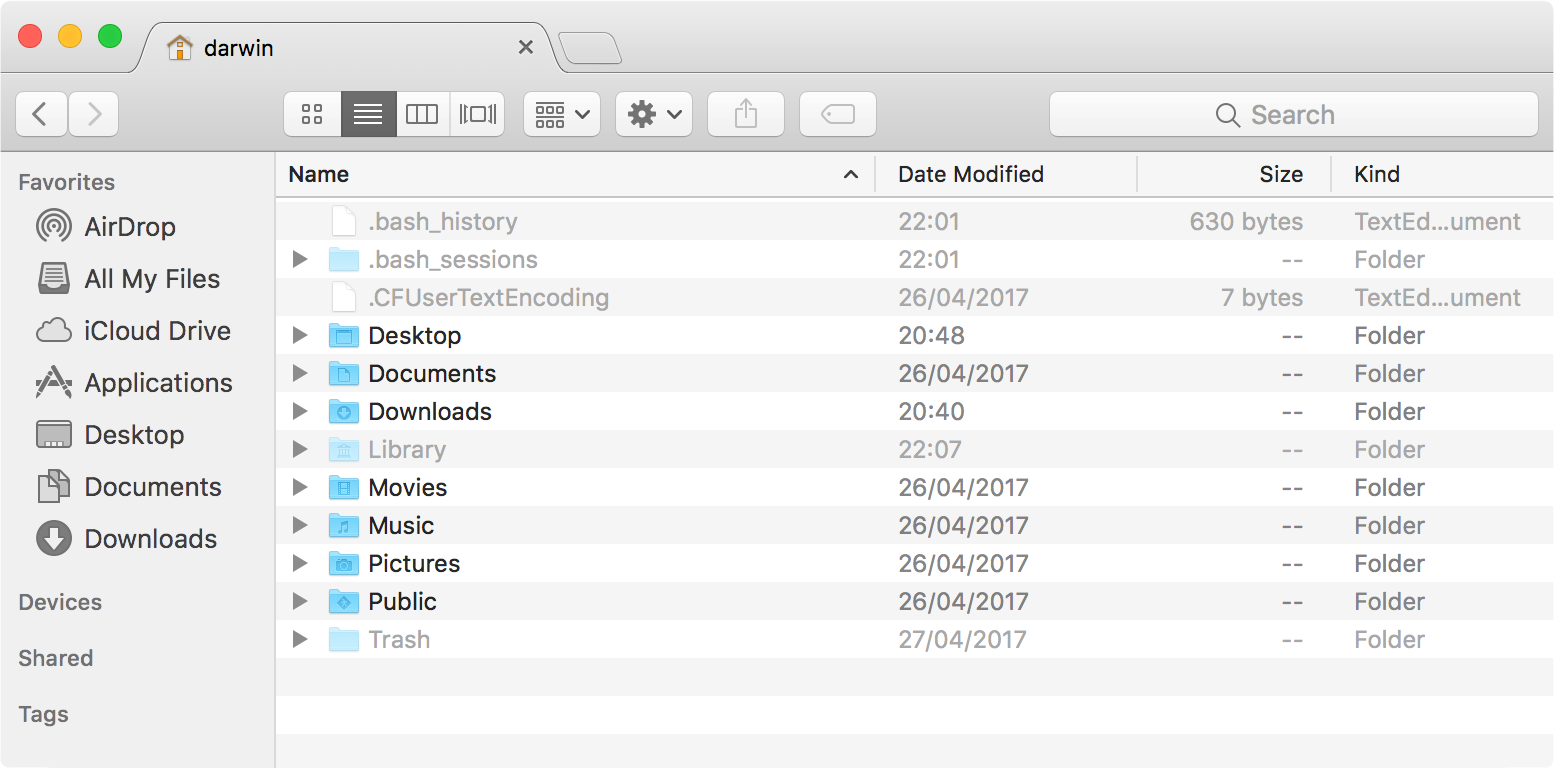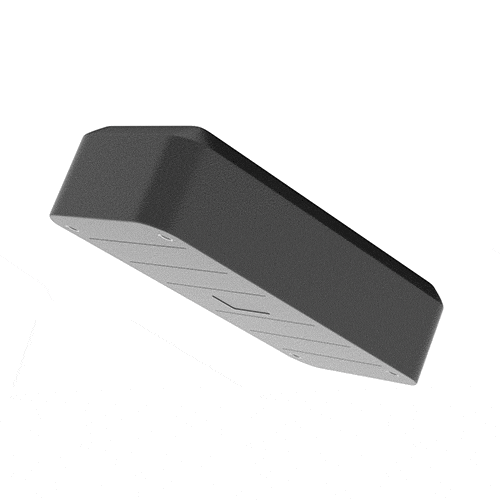
While I didn’t set out to write a introductory to programming, It’s nice to finally write down the way I think about these things. The function simply calls alert, which creates a little browser notification dialog. The speak function takes one argument, message, which is the value passed into the parenthesis used to execute the function. Now, each speaker can have its own voice. This effectively creates a method (used as Ryan.speak()). Instead of running speak on as a standalone (via speak()), I decided to create a speak member in each speaker and use the standalone speak function as its value. Our speakers each have a role property to describe the part they play in the conversation.Ī verb describes an action or occurrence and in the beginning of the above program, the function named speak does just that. Similarly, the properties and methods (referred to as members) of an Object can describe and modify that Object. In English, each speaker would be typed as a noun.Ī word that describes or modifies a noun is considered an adjective. Not as in “typed on a keyboard”, but as in the speaker’s value is of the Object type. To take this comparison even farther, you could find parallels for nouns, adjectives and verbs in the above program.Įach speaker is “typed” as an Object. Ryan.response = "It's" + pronoun + conjunction + "I'm talking about." * Now Ryan defines and speaks his response */ * Redefine the pronoun to refer to Chris's answer */ You're just not smart enough to know when I'm right." * Chris defines and speaks his answer */Ĭhris.answer = "I'm not. Ryan.question = "Why are you are always disrespectful towards me?"

* Ryan defines and speaks his question */ Here what the conversation would look like as a hypothetical javascript program: /* It usually helps regardless of if I can find any similarities. To help me remember how these constructs work I like to try and relate them to something in the world of programing. The second that, the conjunction, acts as the clause connector, connecting It is that with I’m talking about. You’re just not smart enough to know when I’m right. The first that, the noun, is referring to Speaker Two’s answer of I’m not. Why are you are always disrespectful towards me?

I learned the first instance of “that” serves as a pronoun, while the second as a conjunction. Interested in how this phase functions in a sentence, I looked up the definition of “that”. Not that I judge a good writer by how well their writing mimics conversation, but formalities can interrupt and/or ruin otherwise good prose. Most people I know, including myself, rarely use the phrase “that which” in conversation. The unintended side effect though, is the substitution can end up making the sentence read a little too formal and out of character. When writing, I normally try to substitute “which” for the latter “that” (I’m usually not deft enough to do the same in conversation).


So yesterday, Elizabeth and I were discussing using the phrase “that that” in a sentence and how awkward it sounds in conversation, even though it’s grammatically valid. It’s not something I’ve looked into (someday I will), but I find that common devices in modern programming languages can be compared to simplified examples in human languages. Like human languages, programming languages can be broken down into similar constructs of nouns, adjectives, verbs, etc. It was during 2005 I began programming and a surprising result has been a better appreciation in how the English language is defined and used. Thankfully, I managed to graduate and go on to do much better in college. This was the primary reason for many failed classes in high school. In fact, there was a period where I simply refused to attempt any writing assignments due to the stress I caused myself. I had a very difficult time in my English classes.


 0 kommentar(er)
0 kommentar(er)
